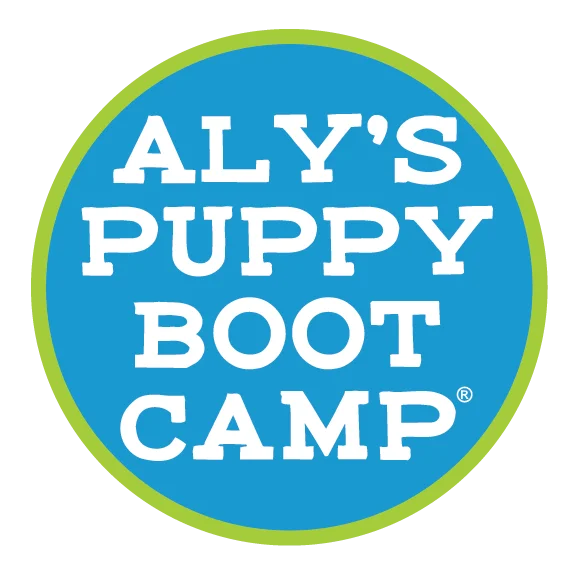The Dual Nature of Dog Socialization
Dog socialization is both the most important and the most dangerous thing you can do with your dog. It is crucial to understand the complexities involved and to assess whether your dog is ready for such interactions.
Knowing Your Dog’s Personality
Just because you want your dog to interact with other dogs doesn’t mean they are ready or willing to do so. Be realistic about who your dog is. Think about these personality types:
- The Life of the Party: This dog is like the person at the party wearing the lampshade and dancing on the table.
- The Observer: This dog prefers to hang back and watch the shenanigans.
- The Reluctant Attendee: This dog would rather not go to the party at all and will barely tolerate it if forced.
If your dog fits any of these descriptions, they may not be the best contender for the dog park. And if you’re unsure about your dog’s personality, it’s best to hold off on visiting a dog park.
Ideal Candidates for Dog Parks
Dog parks are best suited for highly socialized dogs. Dogs that enjoy the company of other dogs and can handle stressful situations are good candidates. Additionally, your dog should:
- Respond to you when called.
- Acknowledge you during play.
If your dog cannot do these things, it’s not safe to attend a dog park. Older dogs and those under the age of one are particularly vulnerable to altercations.
When to Avoid the Dog Park
Signs to Watch Out For:
- Distracted Owners: If humans are sitting on the park bench sipping coffee, chatting, or on their phones, they are not paying attention.
- Lack of Hygiene: Dog poop around the park indicates that owners are not following basic hygiene rules or paying attention.
- Uncontrolled Play: Dogs frantically running and roughhousing without human intervention are a red flag.
- Aggressive Dogs: Dogs with stiff bodies, raised hackles, humping, or glaring at other dogs should be avoided.
When to Enter the Dog Park
Positive Signs:
- Attentive Owners: Humans are moving about with eyes on their dogs, similar to playground monitors.
- Owner Interaction: Humans are interacting with their dogs, and the dogs are responsive.
- Relaxed Dogs: Dogs in the park have relaxed bodies and are playing nicely.
- Adequate Space: The park has enough space for the number of dogs present, reducing tension.
- Size Restrictions: Small dogs are socializing with small dogs, ensuring safety.
Preparing for the Dog Park
Before heading to a dog park, take your dog on a pack walk with well-behaved dogs in your neighborhood. Practice good manners and recalls on a long line, rewarding your dog when they respond. Dog parks should be visited only after you’ve done your socialization, manners, and recall homework with your dog.
The Principal Effect
Think of yourself as the principal on the playground. Just like the principal’s presence would deter a kid from misbehaving in dodgeball, your presence, attentiveness, and calm demeanor can ensure that dog park visits are safe and enjoyable. Be purposeful, attentive, and maintain a calm demeanor to keep the environment safe for everyone involved.
Have you ever dealt with your dog pulling, lunging, reacting, sniffing uncontrollably or jumping during your walks?
The Good Walker Leash
Designed and patented by renowned Dog Trainer, Alyson Rodges – THE GOOD WALKER leash is a tool for guiding your dog towards a calmer state. When those silly shenanigans begin, you’ll have the power right in your hand to stop it! Turn daily walks into joyful adventures with the most trusted leash by professional dog trainers and dog walking enthusiasts!
🐾 Peaceful Walks: Every step with your dog is calm and controlled.
🐾 Enhanced Safety: Your dog is safely by your side, allowing you to relax and enjoy the moments together.
🐾 Deeper Bonding: Discover a new depth of connection with your dog as stress-free walks help foster trust and companionship.
Check out The Good Walker Leash HERE!
